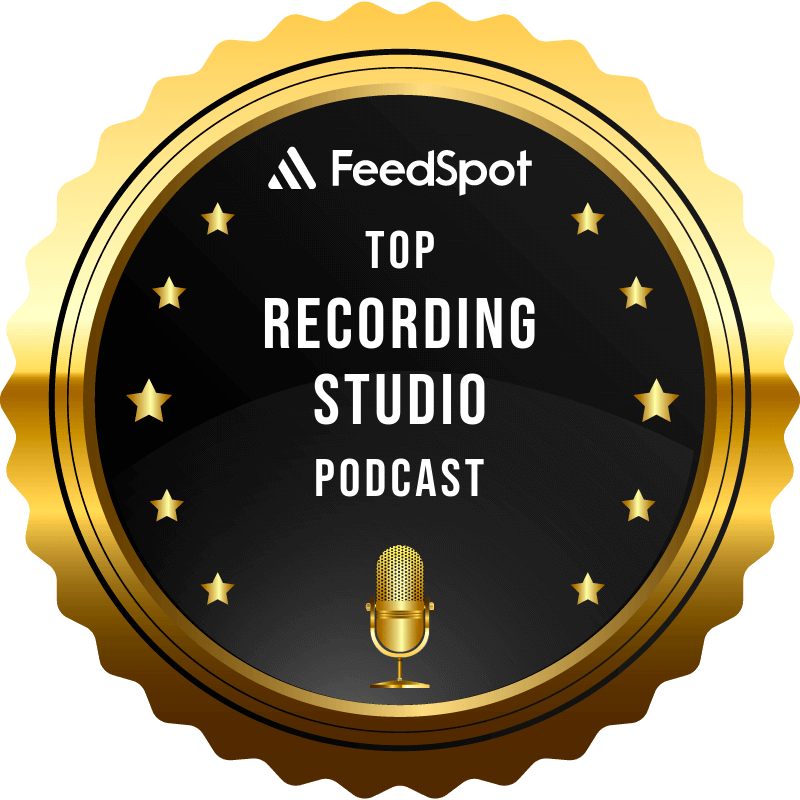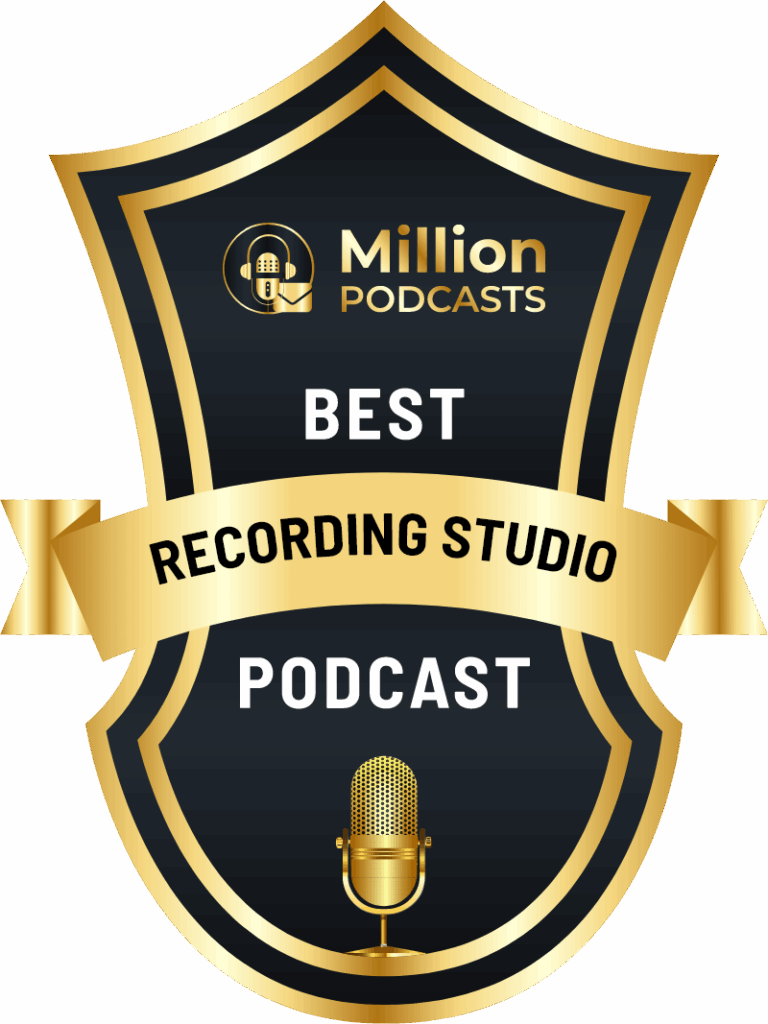Reverb is one of the most powerful tools in a producer’s arsenal. It can create depth, mood, and space—or muddy your mix beyond repair if you’re not careful. In this episode of Inside the Recording Studio, Chris and Jody revisit the world of reverb, breaking down the different types available today and showing how to use them effectively across instruments.
From lush plates to cavernous halls, tight rooms to shimmering springs, they explore the sonic fingerprints of each type. More importantly, they show you where reverb shines: what works beautifully on vocals, what adds magic to guitars, and what to avoid if you don’t want your drums sounding like they’re recorded at the bottom of a canyon.
Chris and Jody also share their own workflows and preferences—what they personally reach for on vocals, how they blend reverbs for unique textures, and a few “hidden secrets” of layering different spaces to create a mix that breathes. Ever wondered why a vocal sounds polished and enveloping on one record, but flat on another? It often comes down to how reverb is stacked and shaped.
You’ll walk away with recording setup tips, ideas for experimenting with reverb plugins and hardware, and the confidence to try creative approaches rather than relying on presets alone. Whether you’re building out your home studio gear or refining your pro workflow, this episode will help you unlock the emotional and spatial power of reverb in your productions.
******************************
Gear we used:
Jody’s Mic & Voice Chain: Telefunken C12 – Groove Tubes Vipre – Apollo – UA Neve 1073 – UA LA2A – UA Studer A800
Jody’s Channel Strip: iZotope RX Spectral DeNoise – iZotope RX Mouth DeClick – UA Neve 1073 – UA LA2A – UA 1176E
Chris’ Mic & Voice Chain: Slate ML1 – Apollo – UA – Slate VMR (FG12, FG73, API Eq, SSL 4kE) – iZotope RX Voice – DeNoise
Chris’ Channel Strip: Eventide Precision Time Align – iZotope RX Spectral DeNoise – iZotope RX Mouth DeClick – UA Neve 1073 – UA LA2A – UA 1176E
Master: Oek Sound Soothe 2 – iZotope Ozone Imager – iZotope Ozone Maximize.
******************************
If you want to collaborate, sponsor a podcast, donate, or want us to review your product – contact us at: collaborate@insidetherecordingstudio.com


